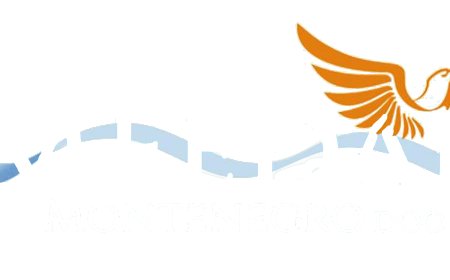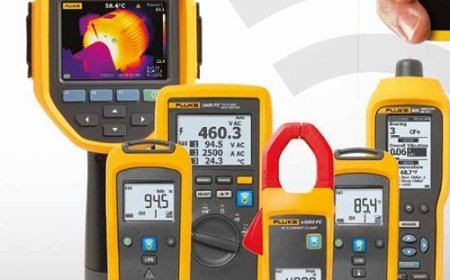Controlled Attack Surface with Network Detection and Response
Controlling your attack surface is essential to reducing risk — and Network Detection and Response (NDR) plays a critical role in managing and shrinking that surface in real time.

Controlling your attack surface is essential to reducing risk and Network Detection and Response (NDR) plays a critical role in managing and shrinking that surface in real time.Network Detection and Responsecan help control and reduce your organizations attack surface.
Heres howNetwork Detection and Response contributes to a controlled Attack Surface strategy:
Controlled Attack Surface with NDR
What Is an "Attack Surface"?
An attack surface includes all network-connected assets, services, endpoints, and applications that could be exploited by a threat actor.
Controlling it means:
-
Minimizing exposure
-
Monitoring access
-
Detecting unauthorized activity
How NDR Helps Control the Attack Surface
1. Continuous Asset Discovery & Monitoring
-
NDR solutions Detects all devices (managed and unmanaged) connecting to the network.
-
Identifies shadow IT, rogue assets, and unexpected cloud workloads.
Benefit: Shrinks unknown attack vectors.
2. Behavioral Monitoring of Exposed Services
-
Tracks usage of external-facing services (e.g., RDP, SSH, web apps).
-
Flags unusual or unauthorized access attempts.
Benefit: Highlights misconfigured or exposed services.
3. Real-Time Threat Detection for Vulnerable Assets
-
Monitors network interactions with known-vulnerable systems.
-
Correlates CVEs with observed asset behavior.
Benefit: Detects when vulnerabilities are actively being exploited.
4. East-West Traffic Visibility
-
Provides deep visibility into internal lateral movement and communication patterns.
-
Detects misuse of internal services or trust relationships.
Benefit: Prevents attackers from expanding after initial compromise.
5. Dynamic Risk Scoring & Prioritization
-
Scores assets based on exposure, behavior, and vulnerability context.
-
Helps prioritize which systems need to be patched, segmented, or monitored.
Benefit: NDR platforms enables targeted attack surface reduction.
6. Policy Violation Detection
-
Detects assets that:
-
Communicate outside of their defined role
-
Use unapproved protocols/ports
-
Bypass segmentation controls
-
Benefit: Enforces network hygiene and access control.
7. Threat Intelligence-Driven Detection
-
Correlates traffic with known bad IPs/domains/indicators.
-
Detects external interactions that expand the effective attack surface.
Benefit: Identifies live threats targeting exposed assets.
8. Cloud & Remote Work Visibility
-
Monitors cloud-native traffic and remote user connections (VPN, SD-WAN, ZTNA).
-
Detects risky or non-compliant behavior outside the traditional perimeter.
Benefit: NDR solutions controls the modern, elastic attack surface.
9.Monitoring Cloud and Remote Activity
-
Tracks user and workload activity in cloud environments and remote access platforms.
-
Identifies misconfigured or exposed cloud assets.
Benefit: Controls sprawl and surface expansion due to hybrid/remote operations.
Summary: NDRs Role in Attack Surface Control
| NDR Capability | Attack Surface Control Benefit |
|---|---|
| Asset & Service Discovery | Identifies unmanaged and unknown assets |
| Lateral Movement Detection | Prevents internal spread |
| Behavioral Analytics | Flags misbehavior and misuse of trusted services |
| Real-Time Threat Detection | Identifies active exploitation |
| Policy Enforcement Alerts | Detects violations of segmentation or access |
| TI Correlation | Protects against known attacker infrastructure |
| Cloud/Remote Monitoring | Secures dynamic and perimeterless environments |
| Risk Scoring | Focuses remediation on high-impact assets |
Would you like:
-
A visual attack surface reduction model with Network Detection and Response
-
Or an NDR implementation checklist for your environment?
Reach out to NetWitness to get an unmatched NDR solutions to get your organizations network secured frm cyber threats and attacks.







































